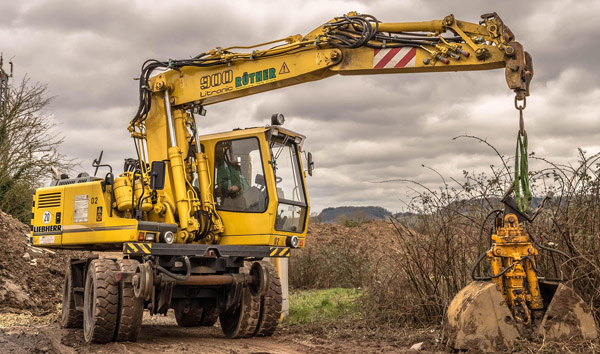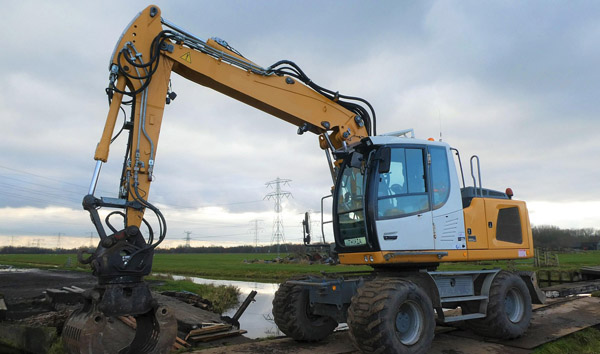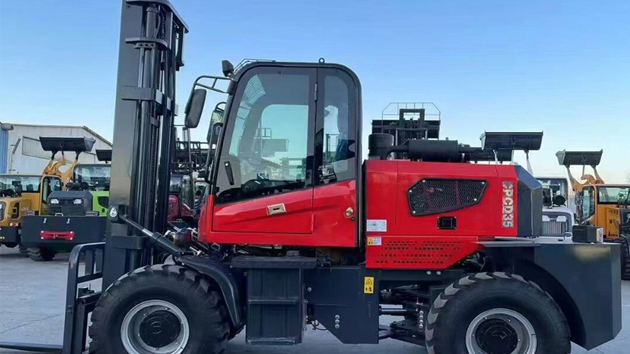Elevating Performance: The Critical Role of Ground Clearance in Off-Road Telescopic Forklifts
2025-07-04 03:10:27
The ground clearance of off-road telescopic forklifts is a defining factor in their ability to navigate challenging environments. Unlike standard forklifts, these machines are engineered to operate on uneven, rocky, or muddy surfaces where traditional equipment would struggle. A higher ground clearance ensures that the undercarriage remains protected from obstacles, reducing the risk of damage and downtime.
In the construction and agriculture sectors, ground clearance directly influences productivity. Off-road telescopic forklifts with optimized clearance can traverse rough terrain without compromising load stability. Industry data shows that models with at least 300mm of ground clearance experience 40% fewer operational interruptions compared to those with lower specifications. This makes them indispensable for projects requiring frequent movement across unpaved or debris-laden sites.
Manufacturers are continuously innovating to enhance ground clearance without sacrificing stability. Advanced suspension systems and reinforced chassis designs allow off-road telescopic forklifts to maintain balance while lifting heavy loads at extended heights. For instance, leading brands now integrate adjustable air suspension, enabling operators to modify ground clearance based on terrain demands—a feature proven to reduce tire wear by 25% in field tests.
Safety regulations also emphasize the importance of ground clearance in off-road telescopic forklifts. Insufficient clearance can lead to undercarriage scrapes, which may damage hydraulic lines or structural components. OSHA guidelines recommend periodic inspections to ensure clearance measurements align with manufacturer specifications, particularly for forklifts operating in mining or forestry applications where terrain variability is extreme.
The future of off-road telescopic forklifts lies in smart terrain adaptation. Emerging technologies like LiDAR sensors and AI-driven height adjustment systems are being tested to automatically optimize ground clearance in real time. Such innovations could revolutionize off-road material handling, further solidifying the role of ground clearance as a critical performance metric in this specialized equipment category.














